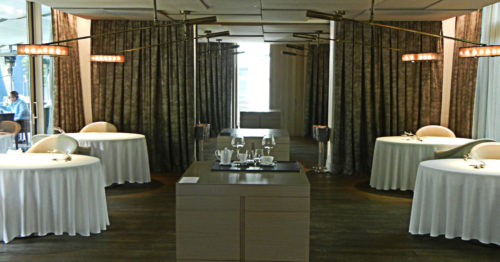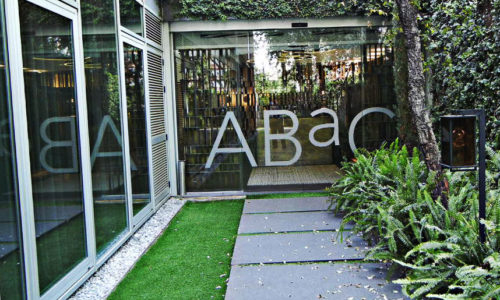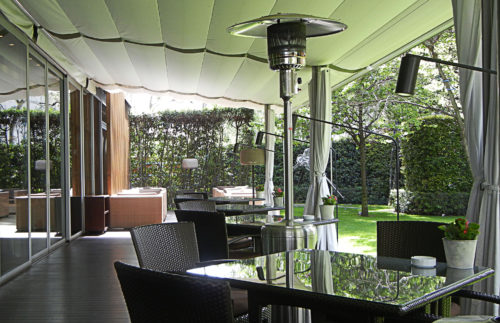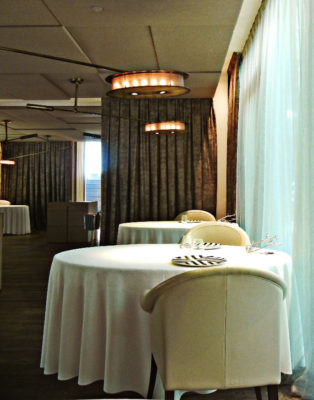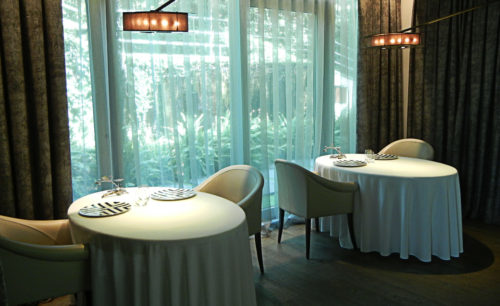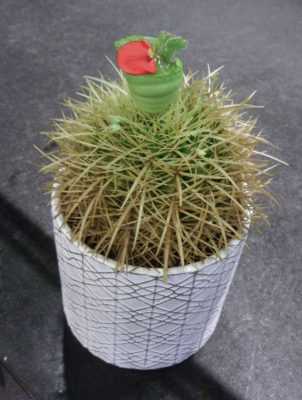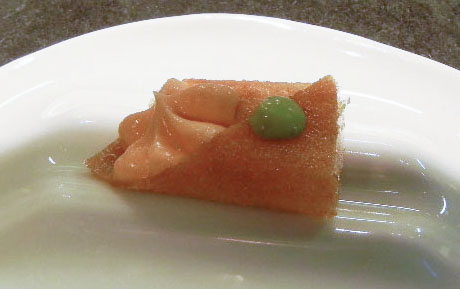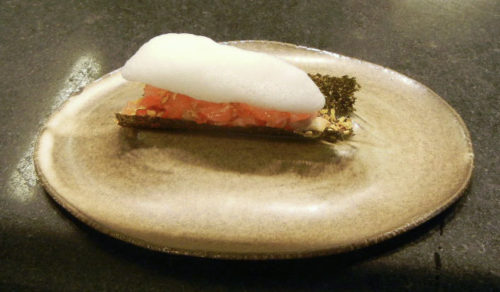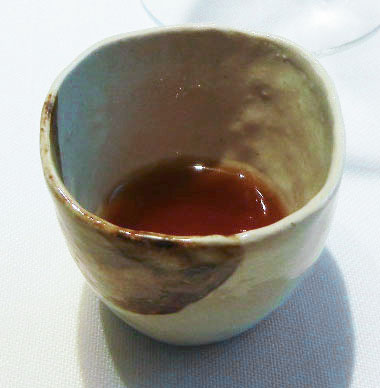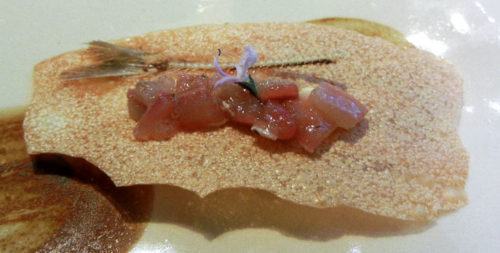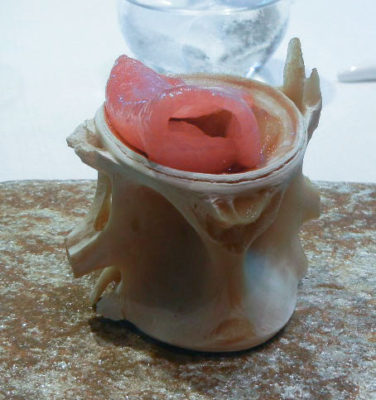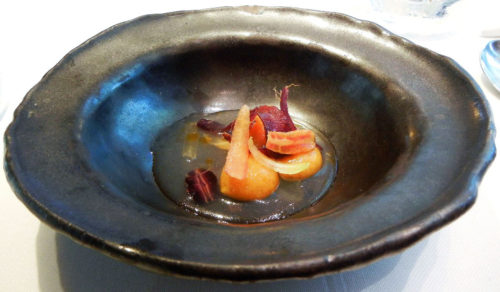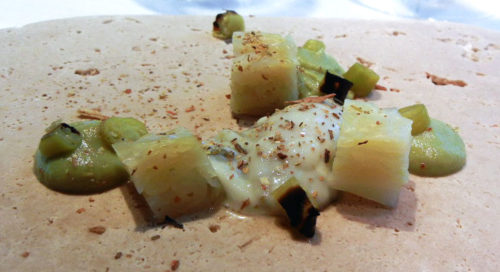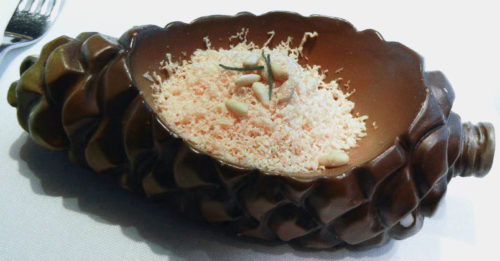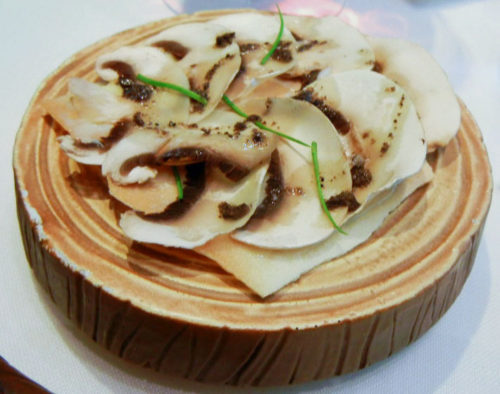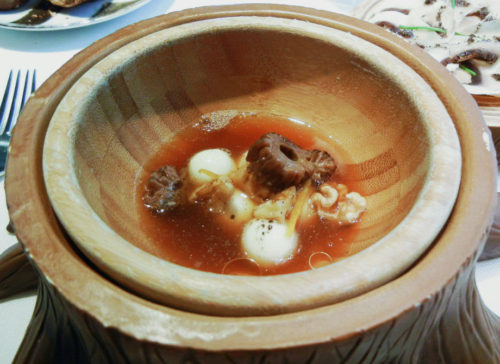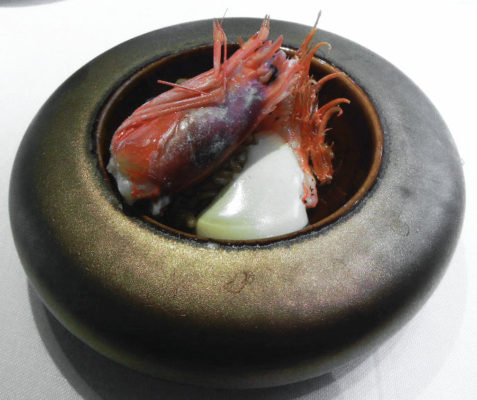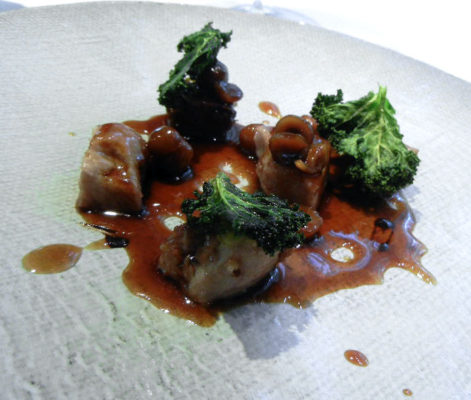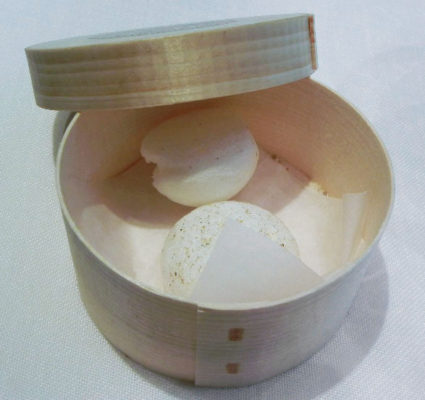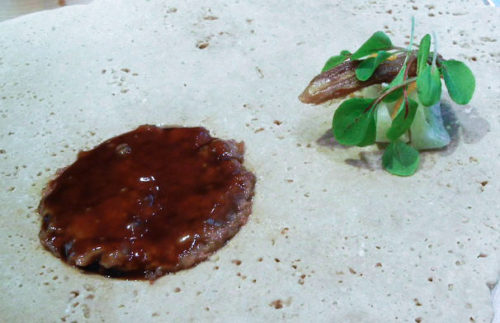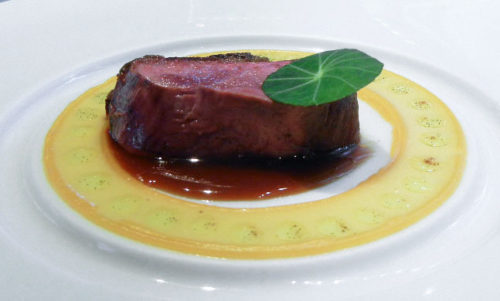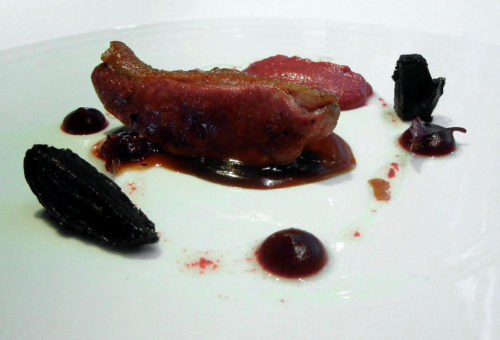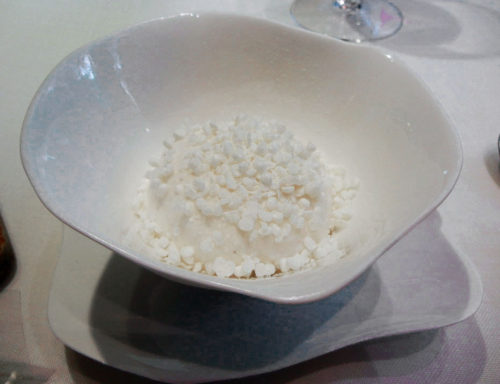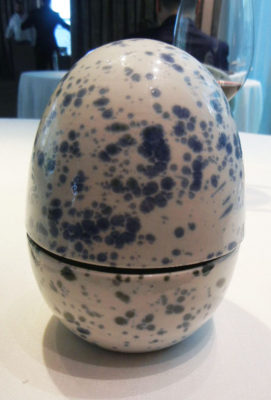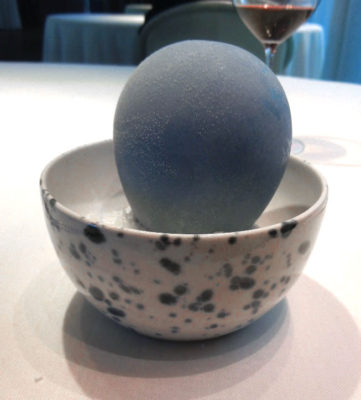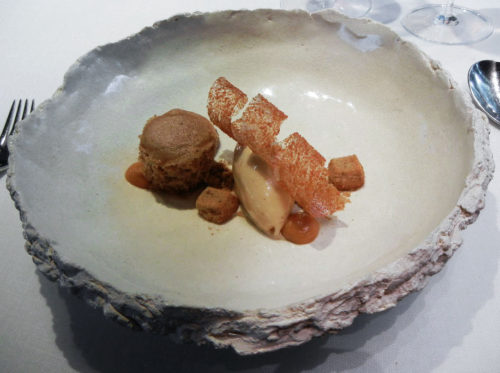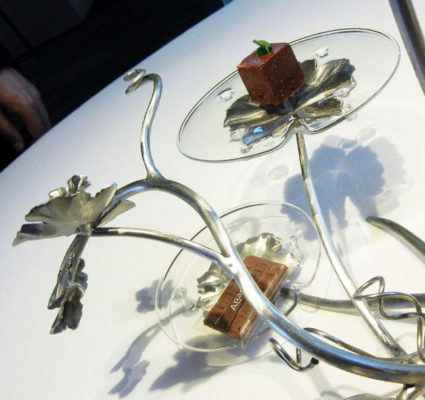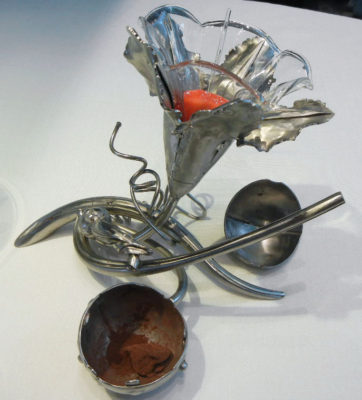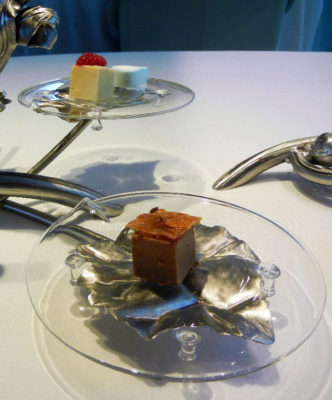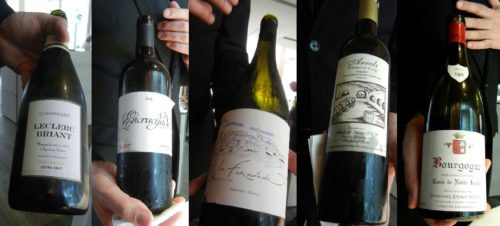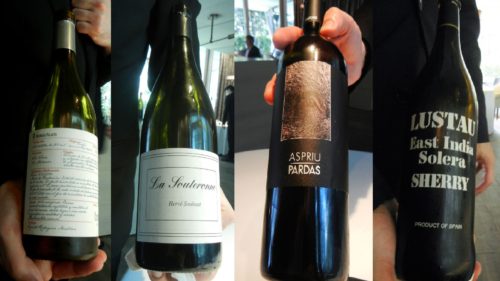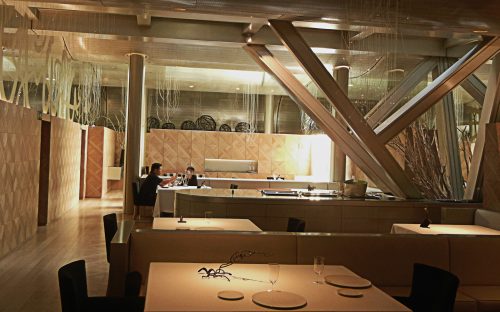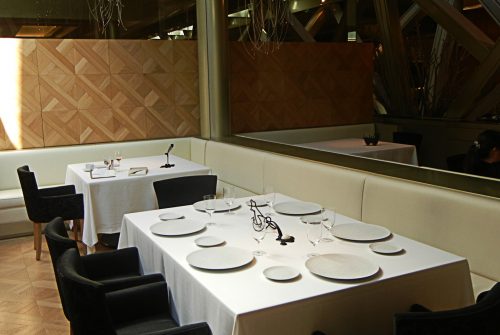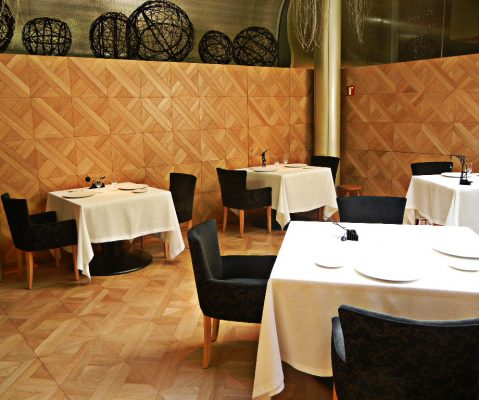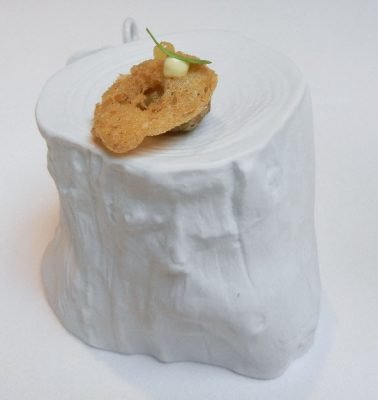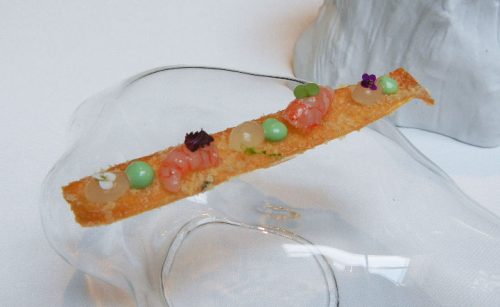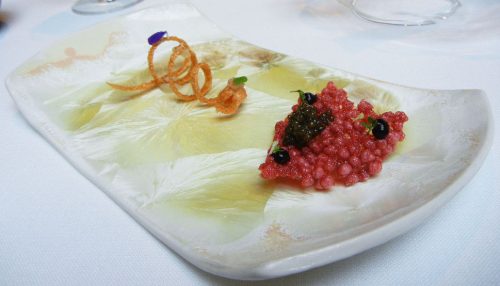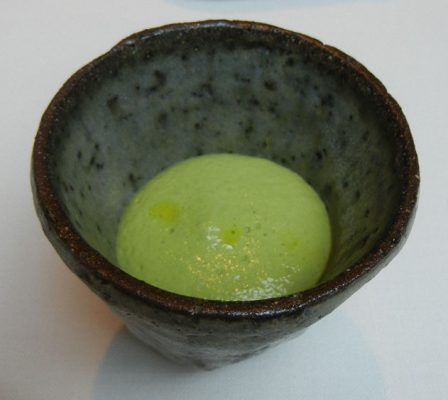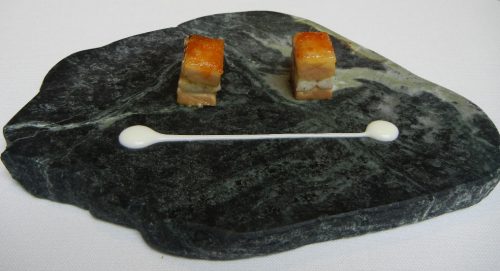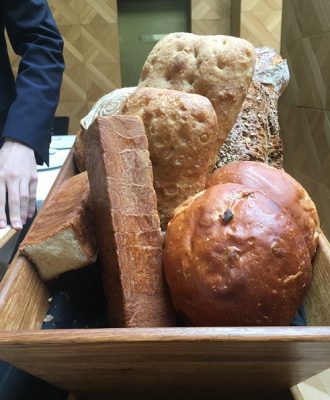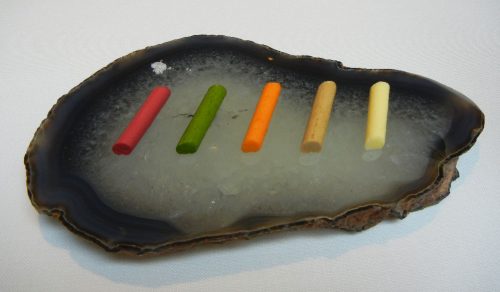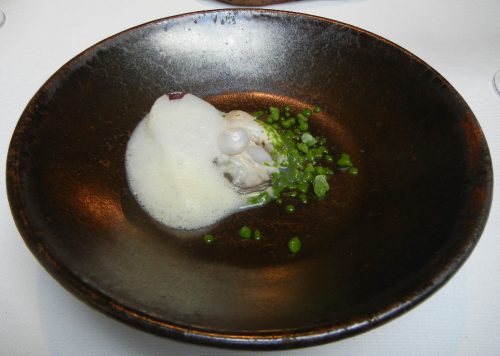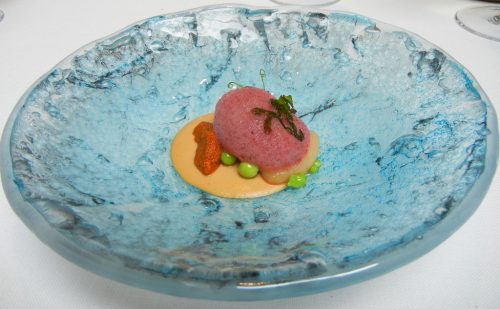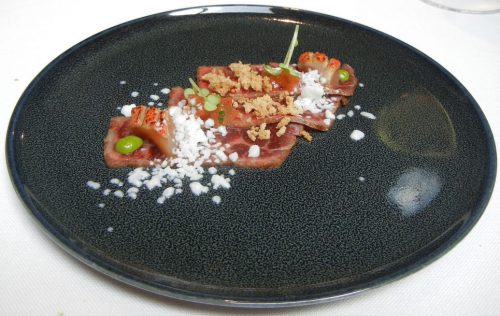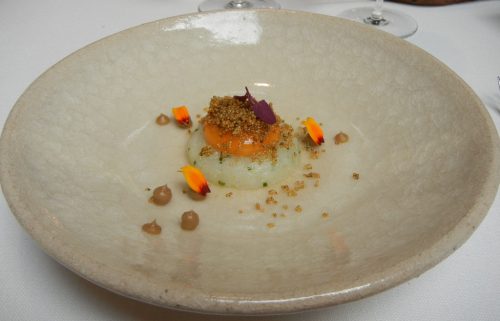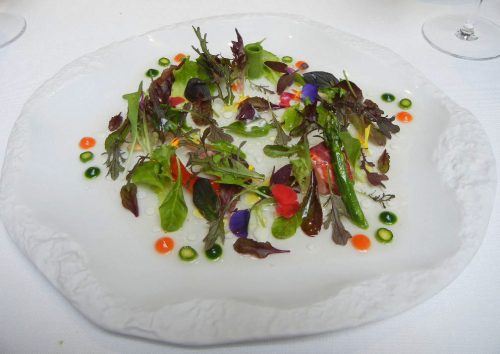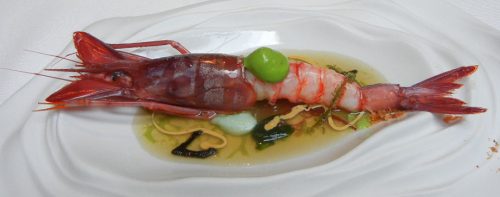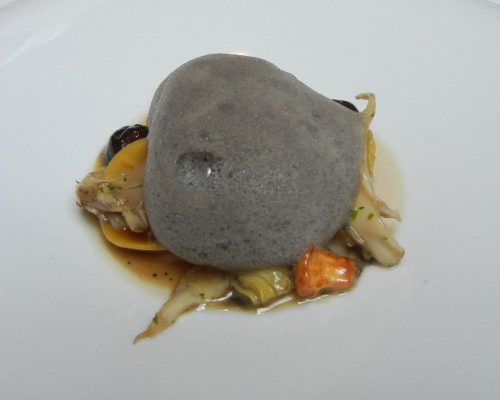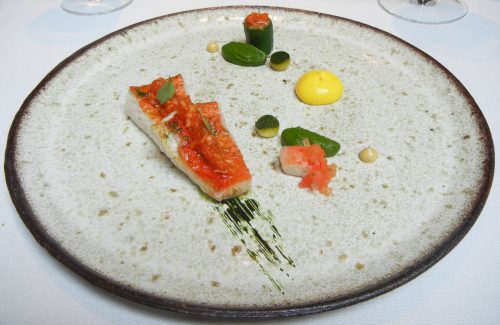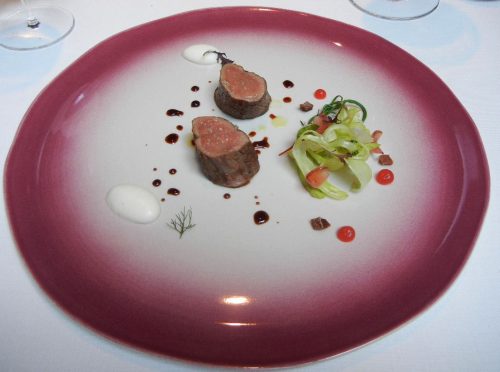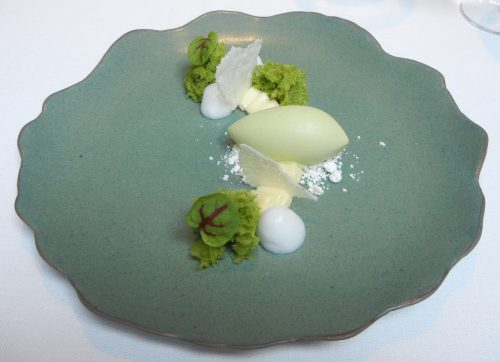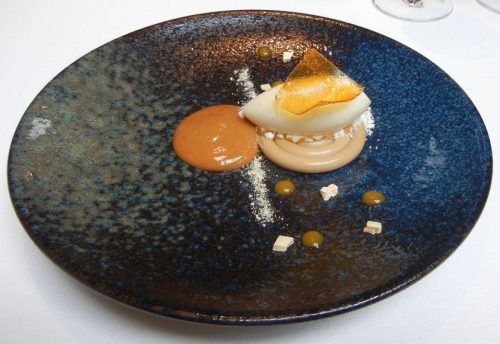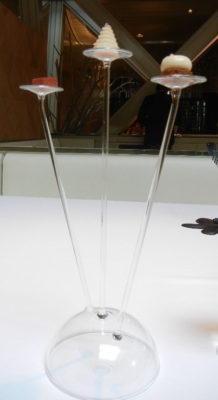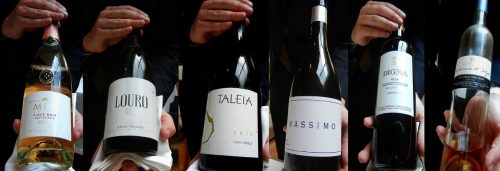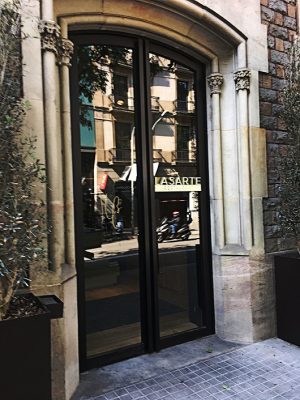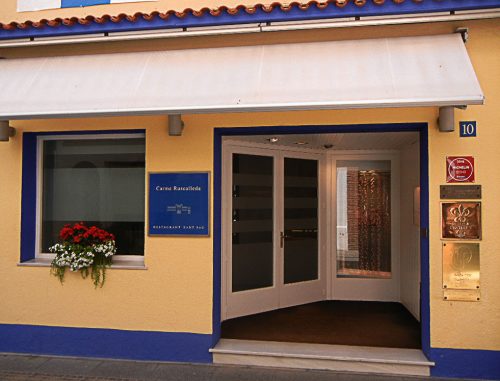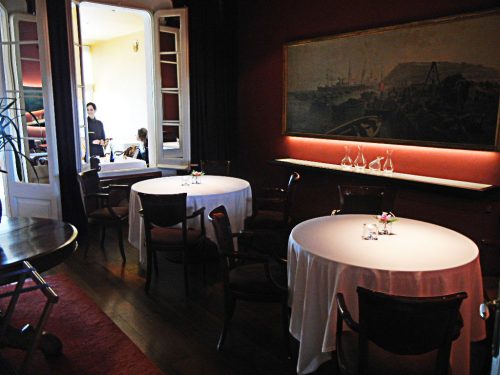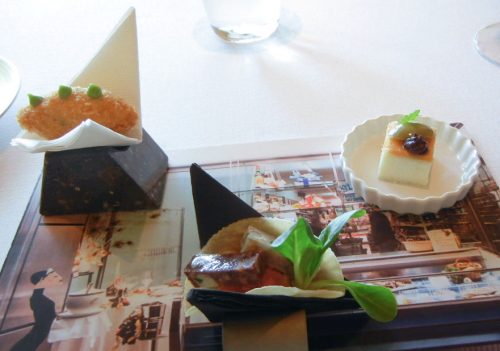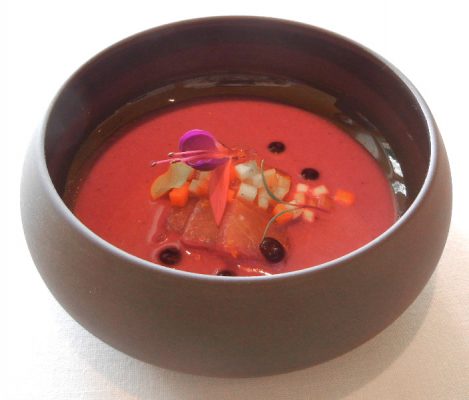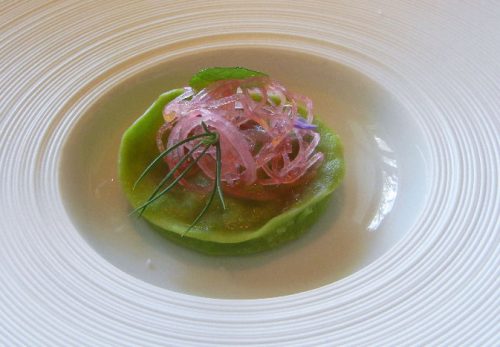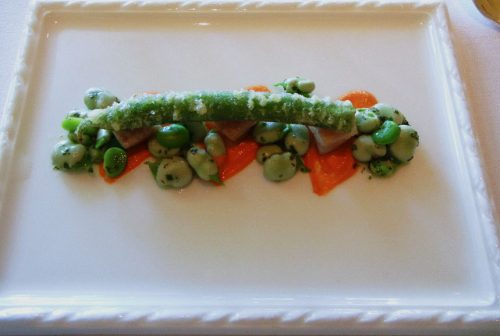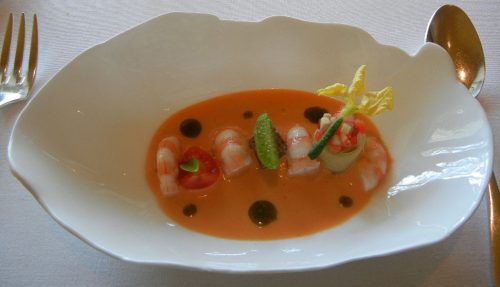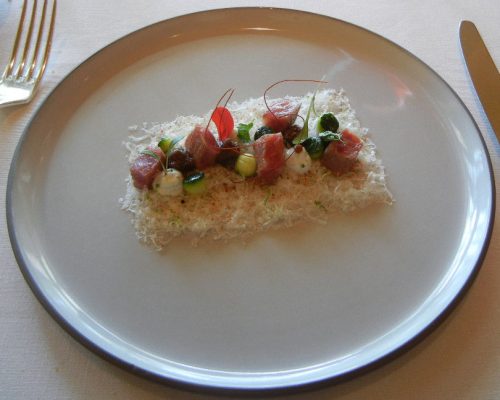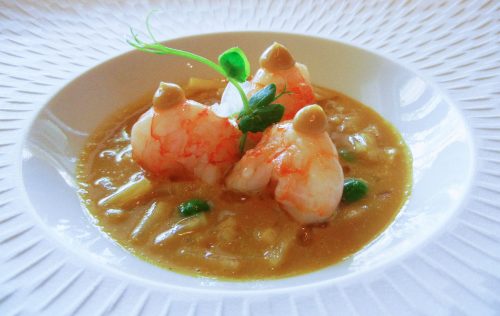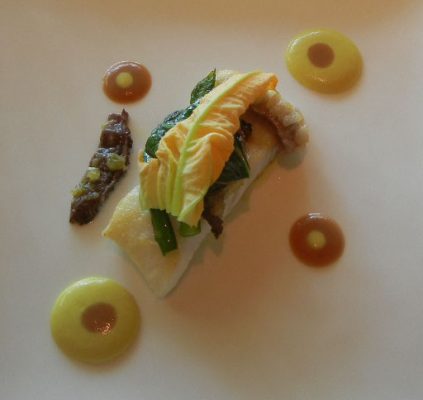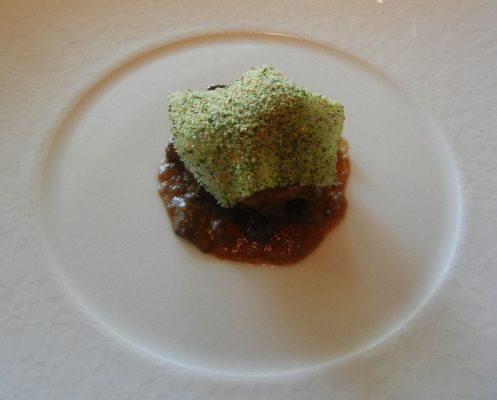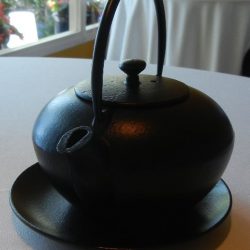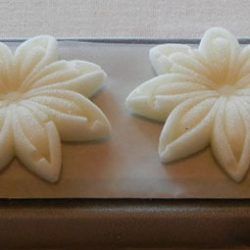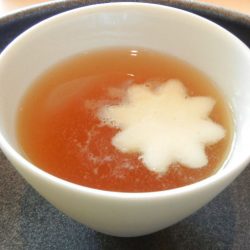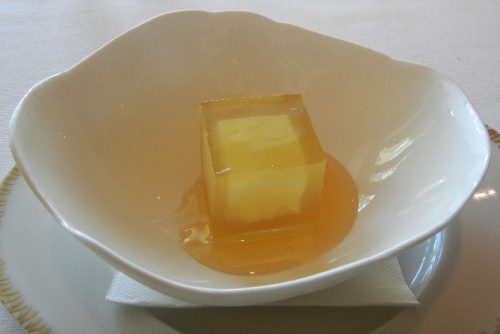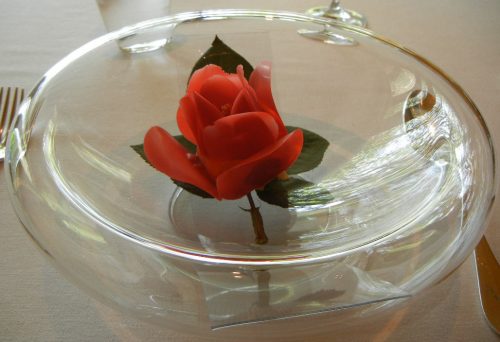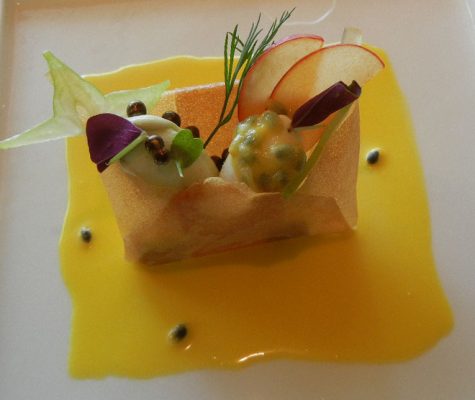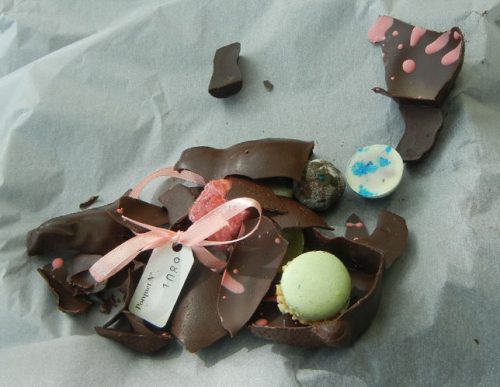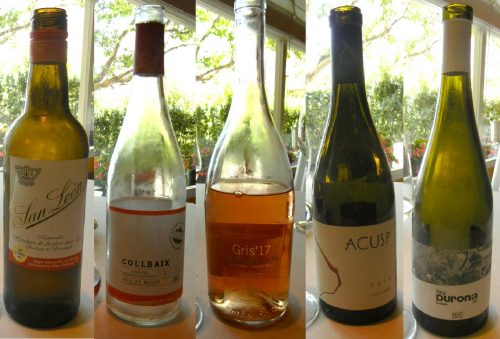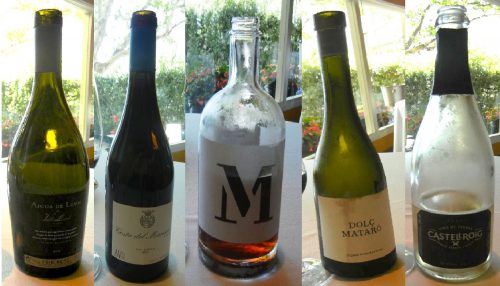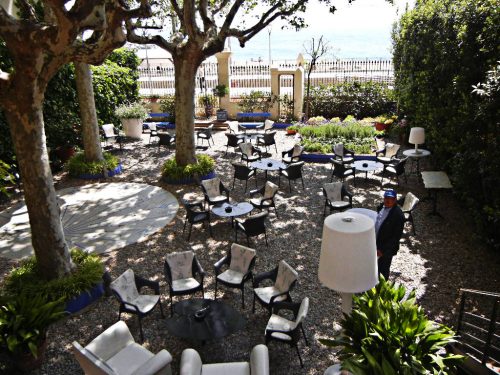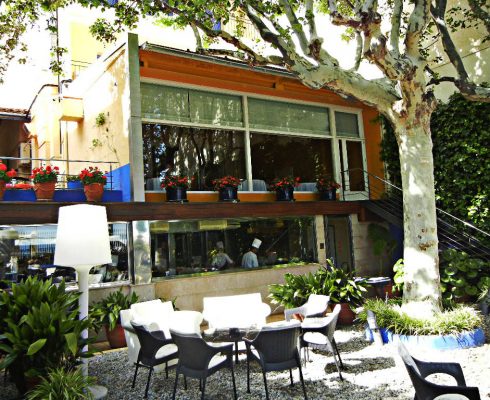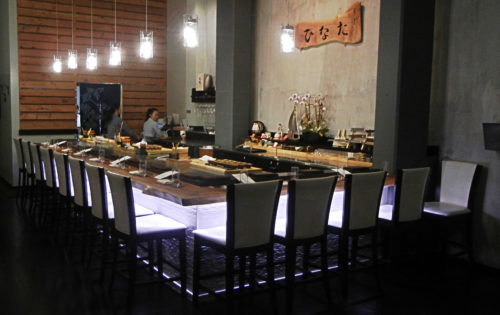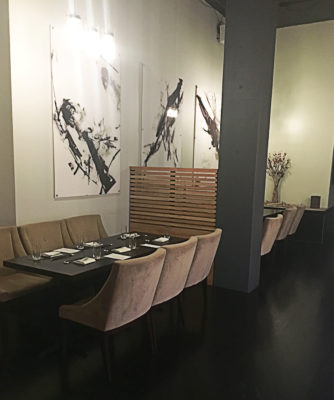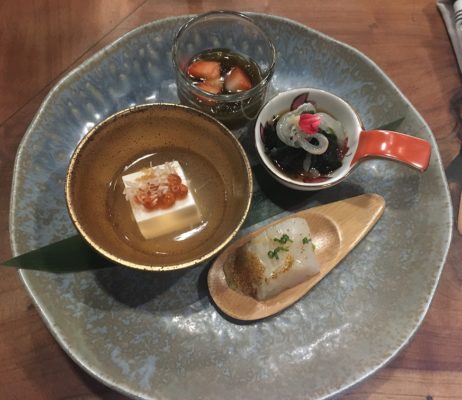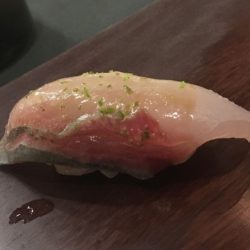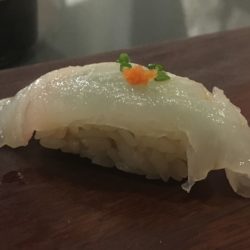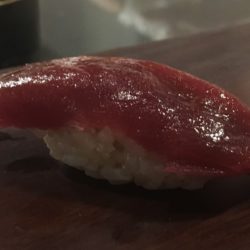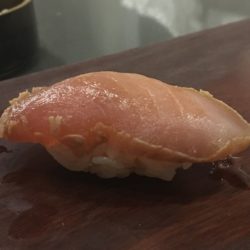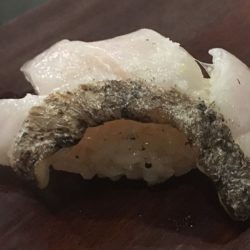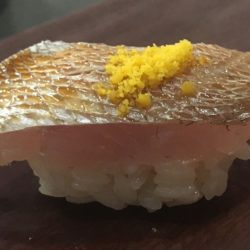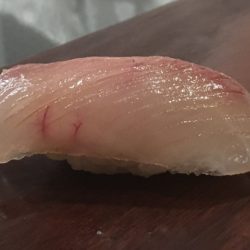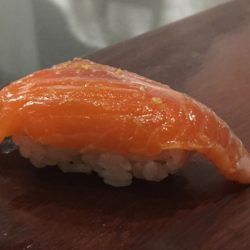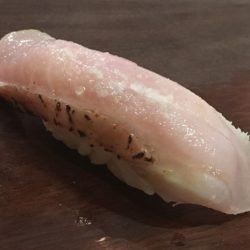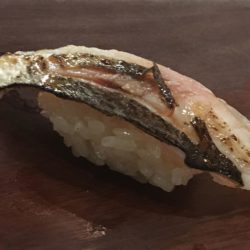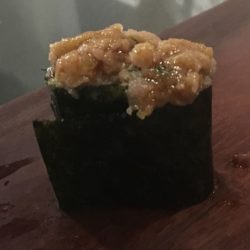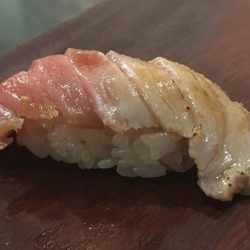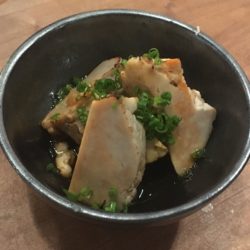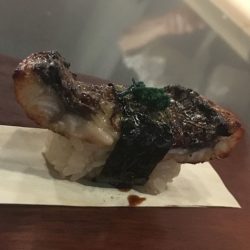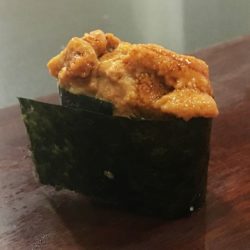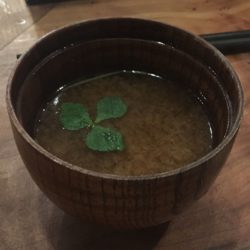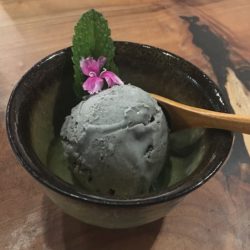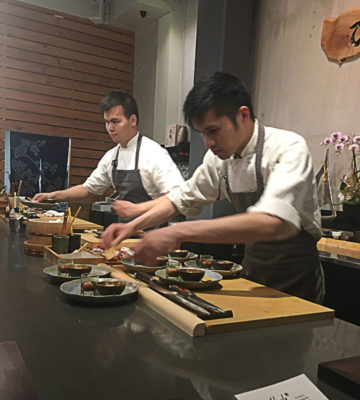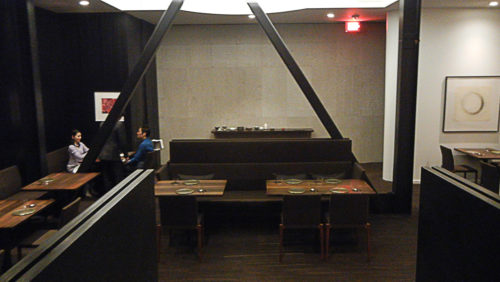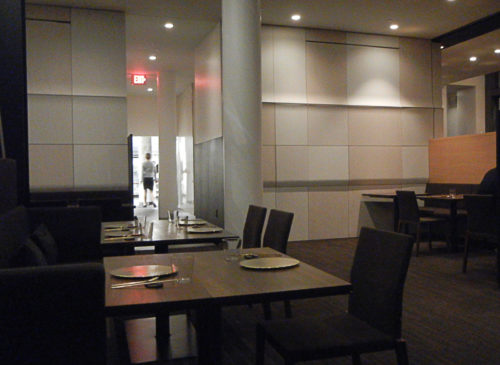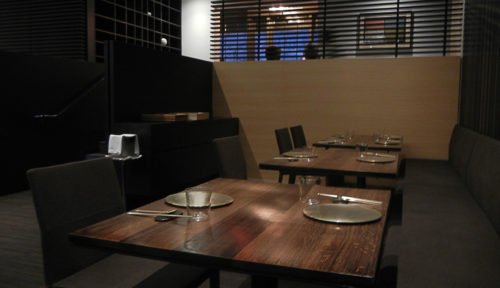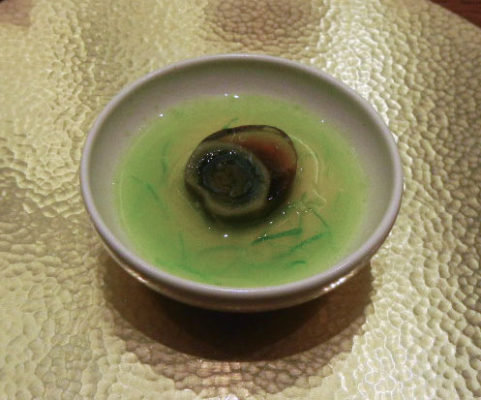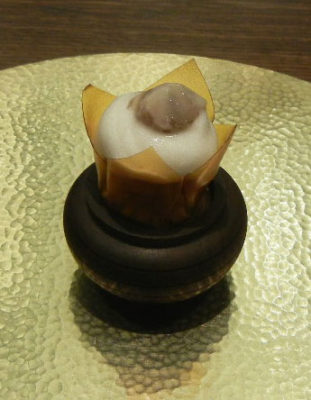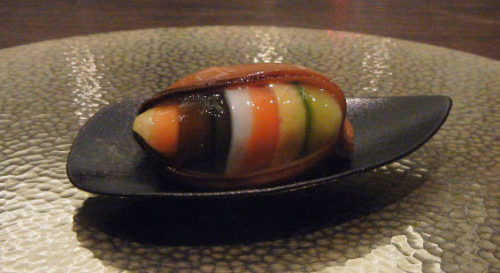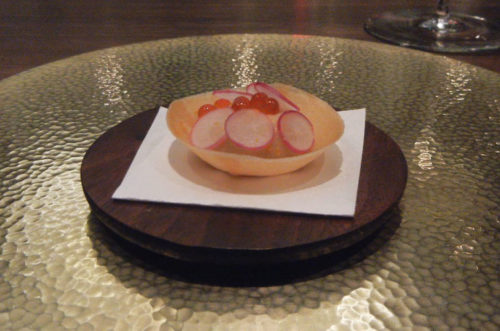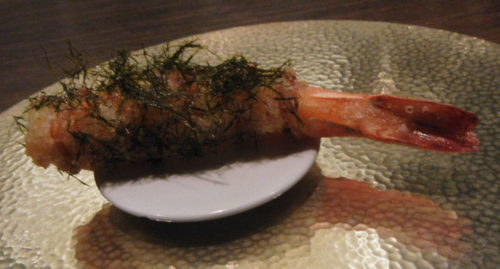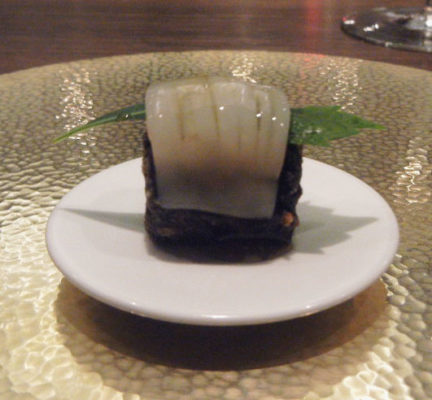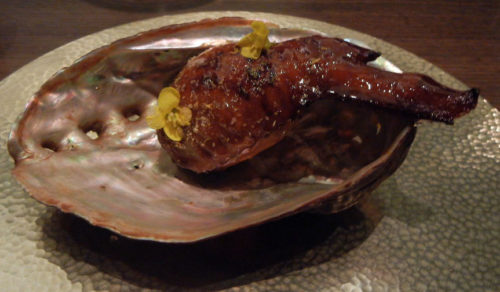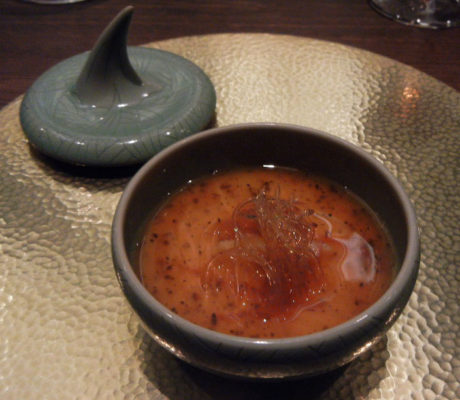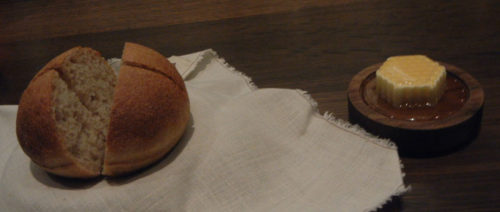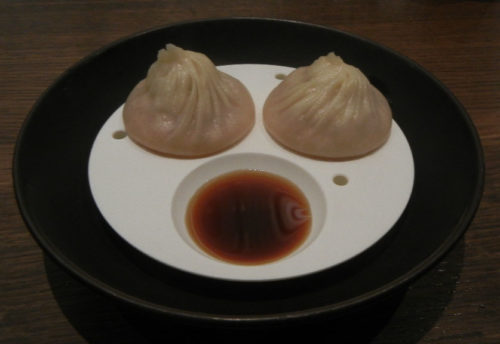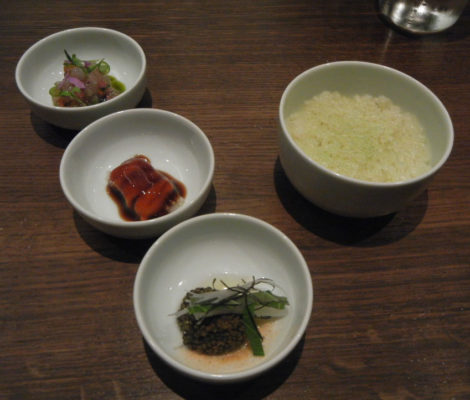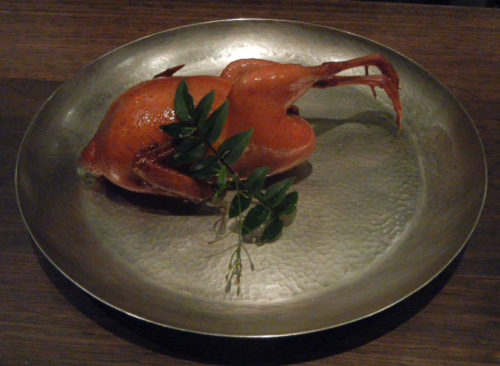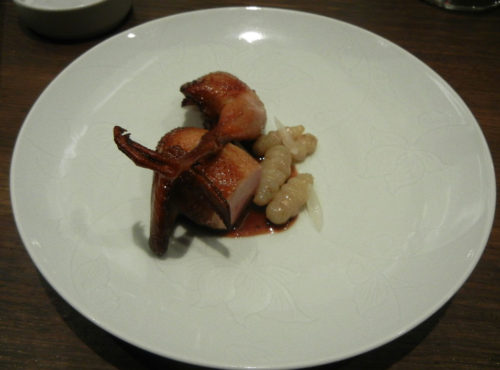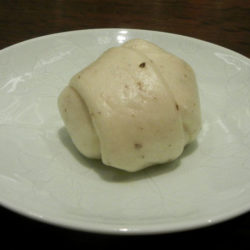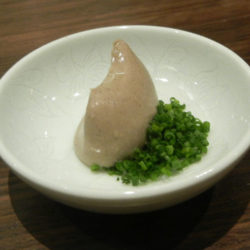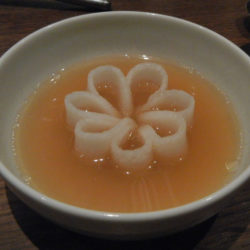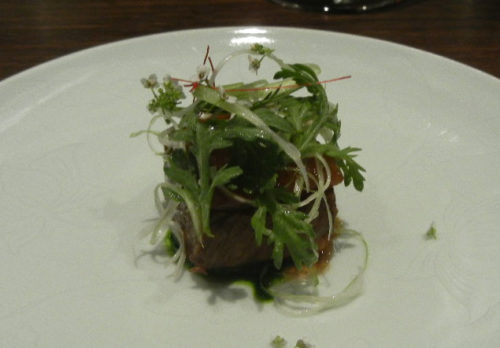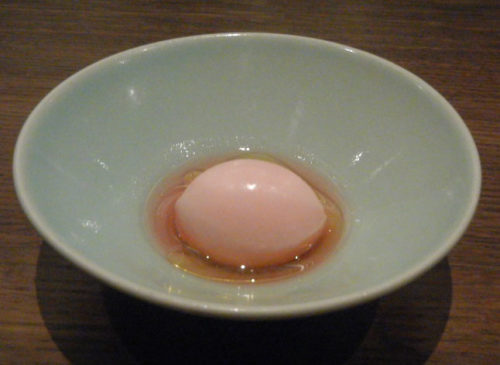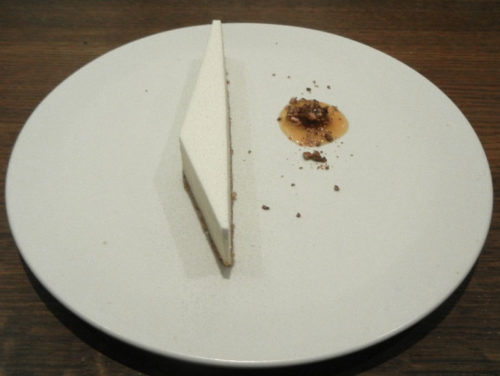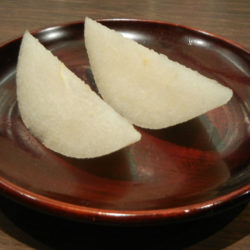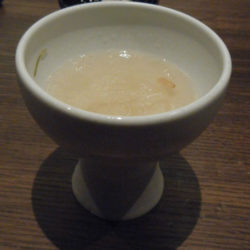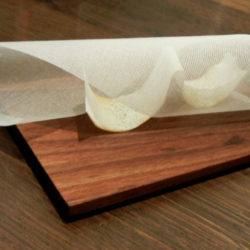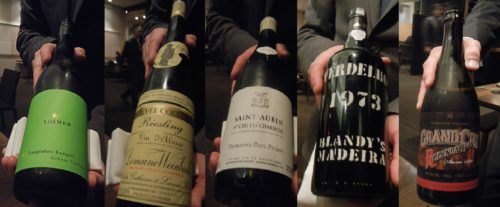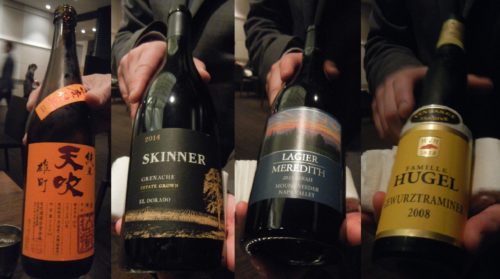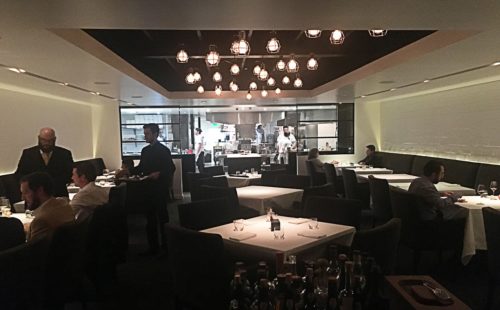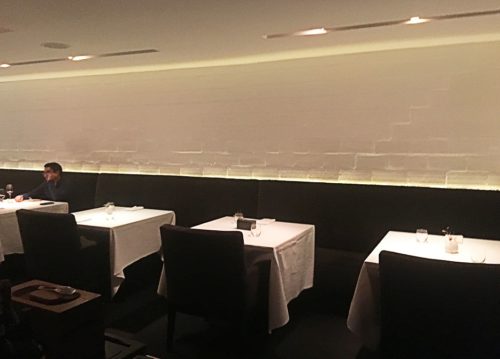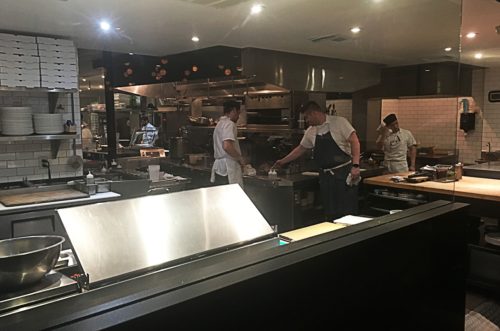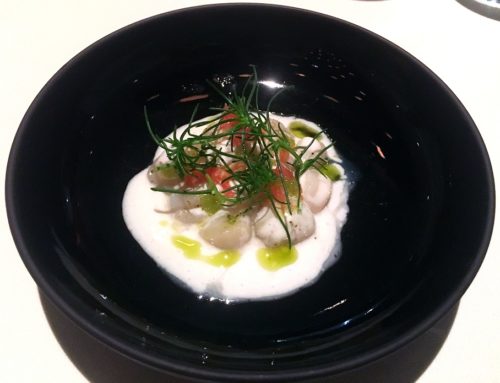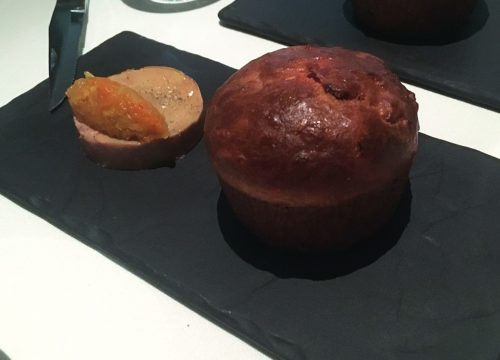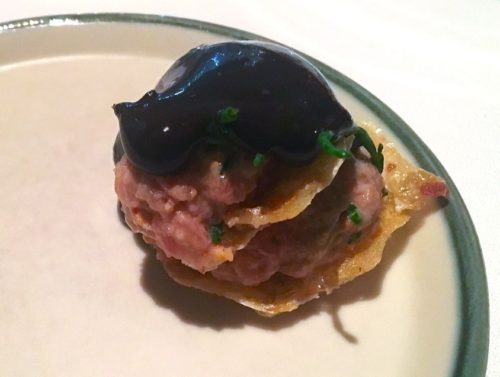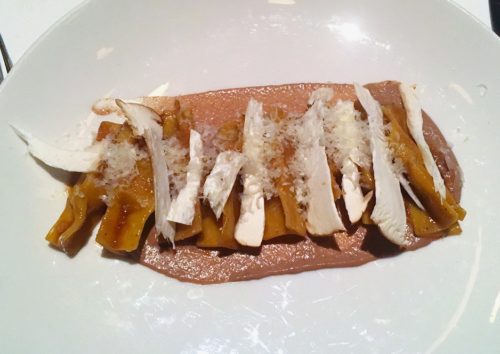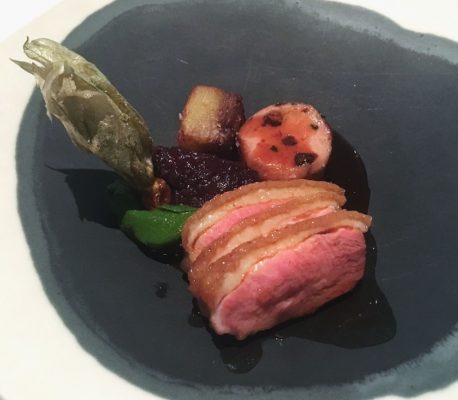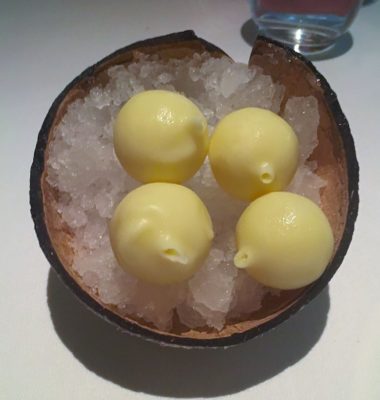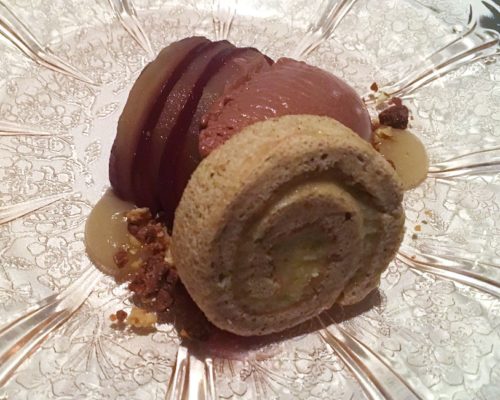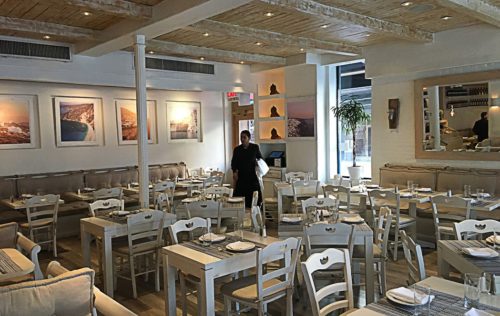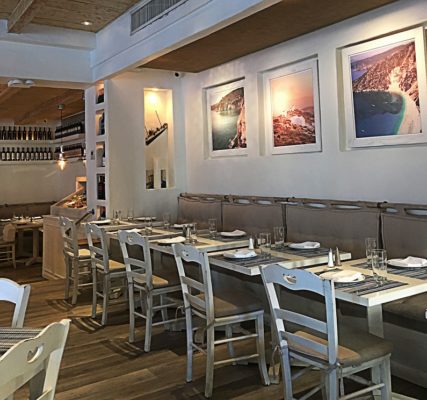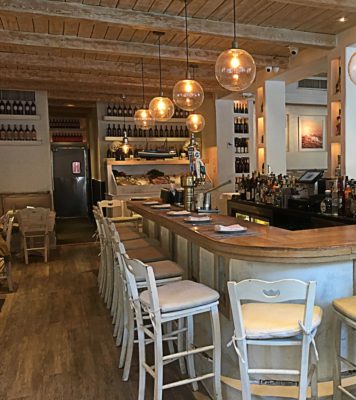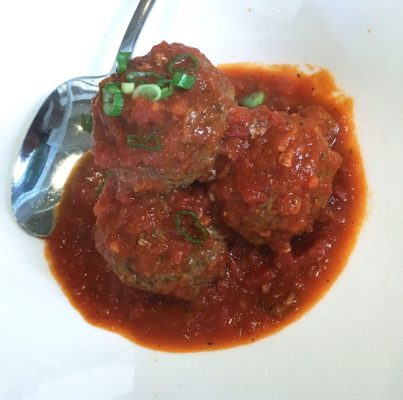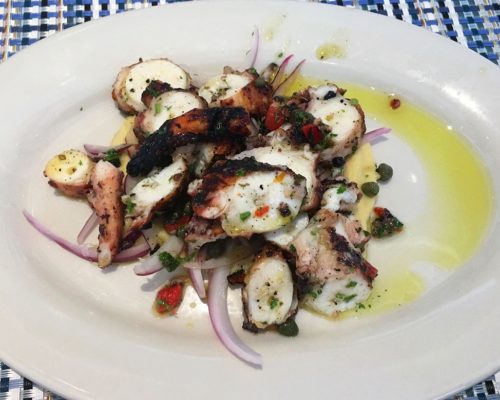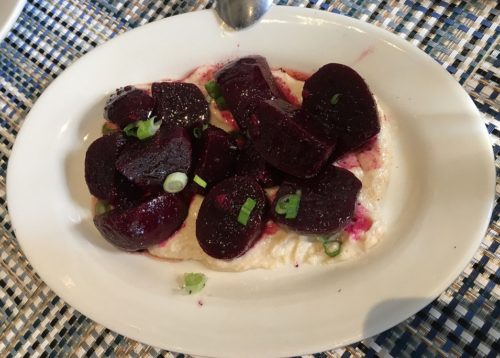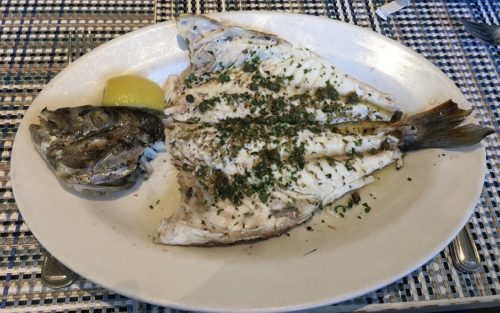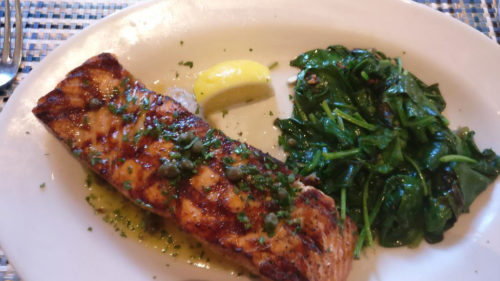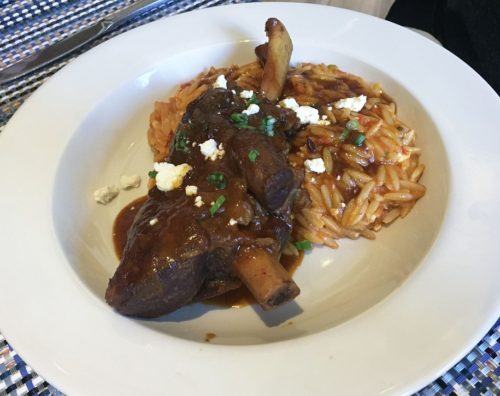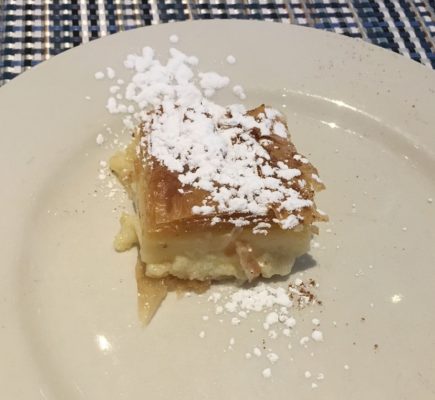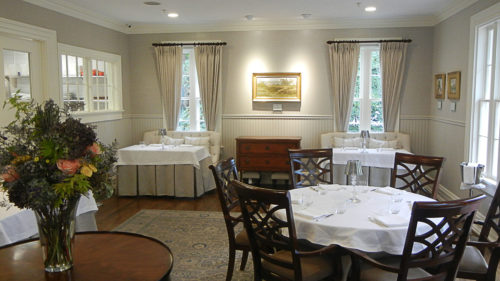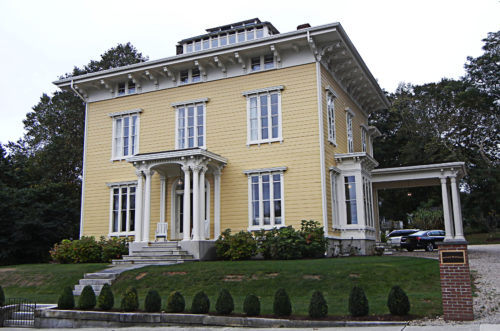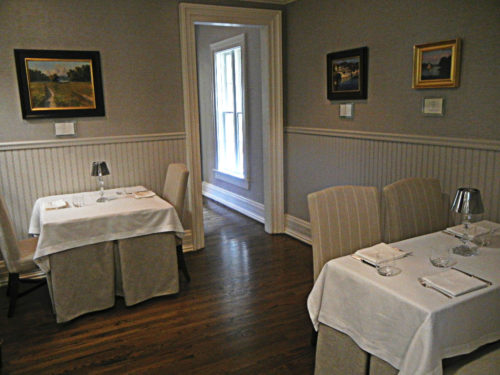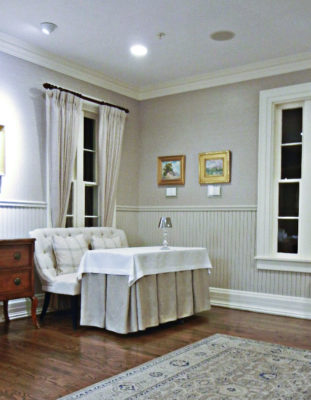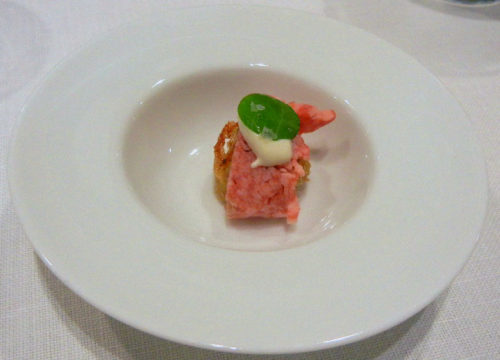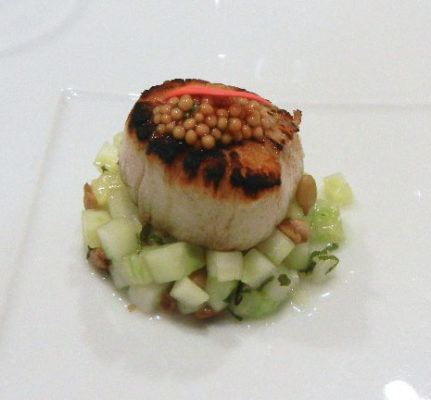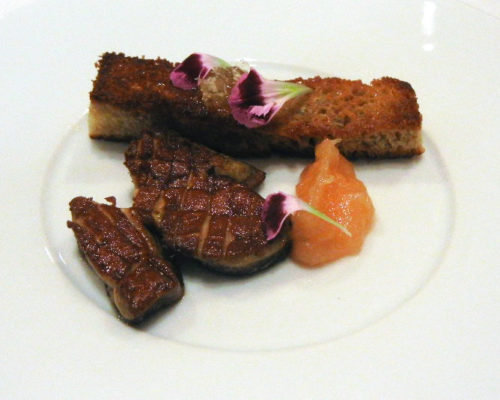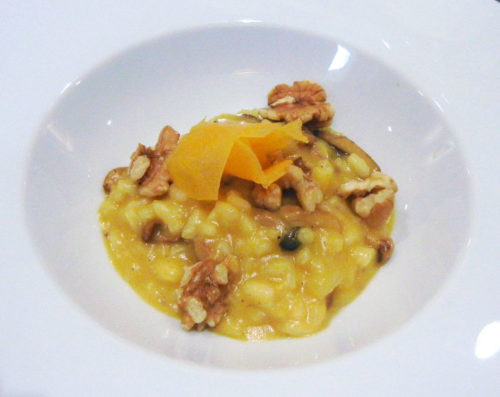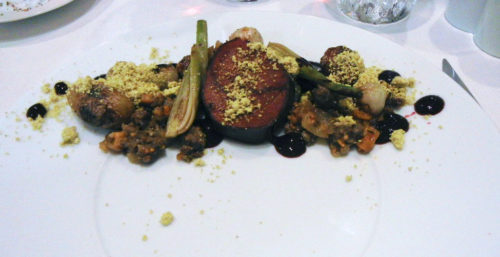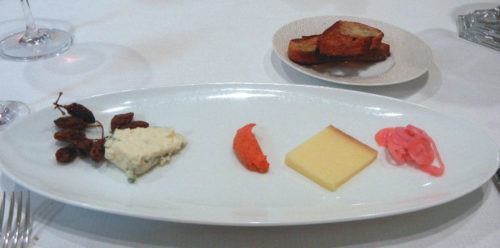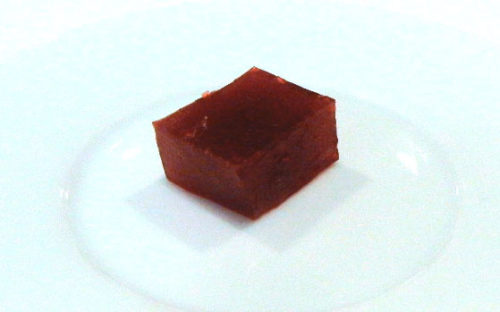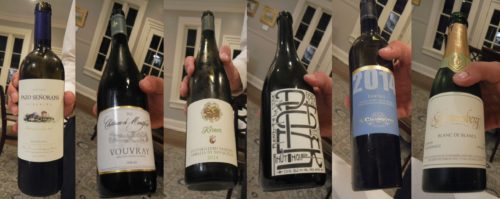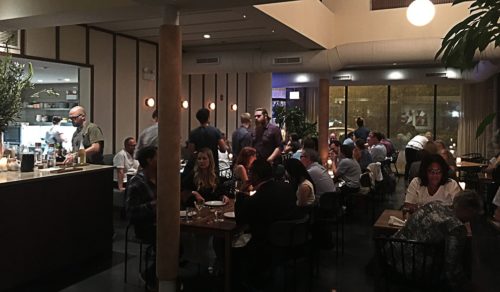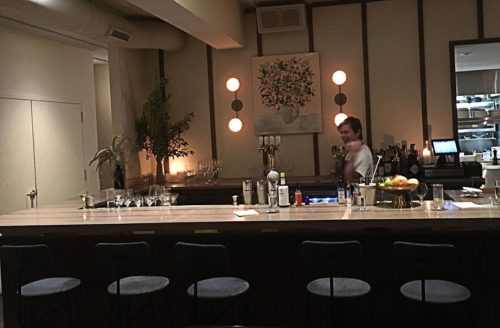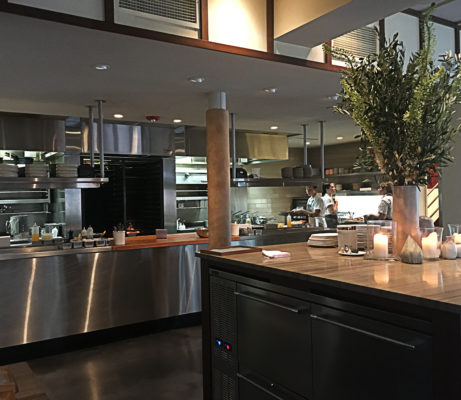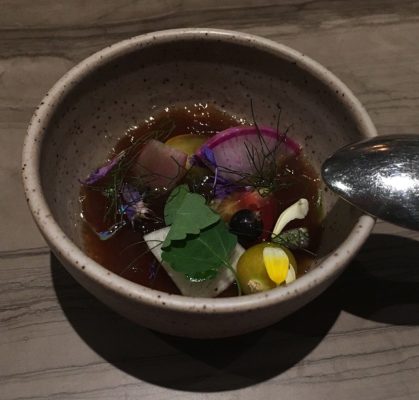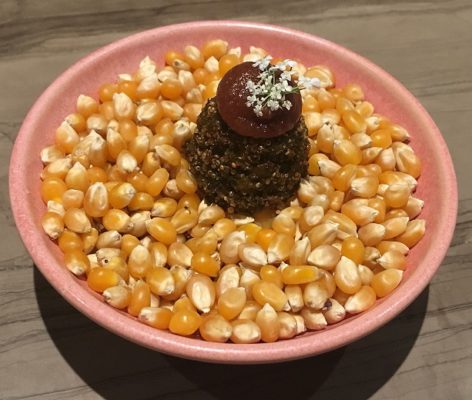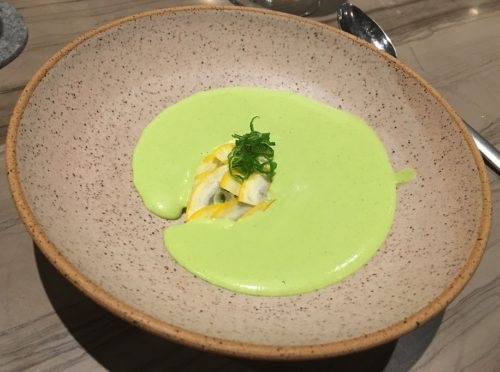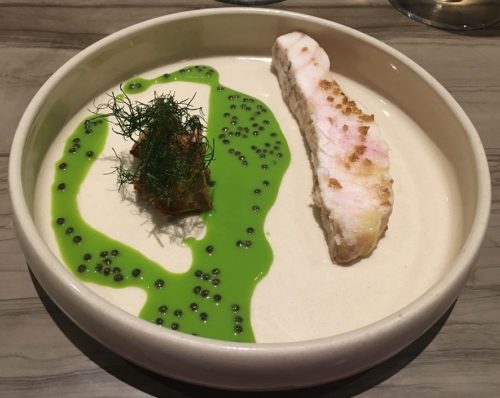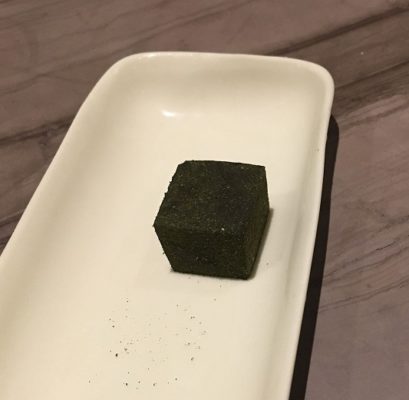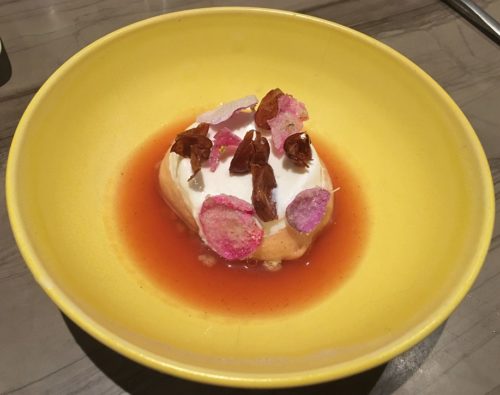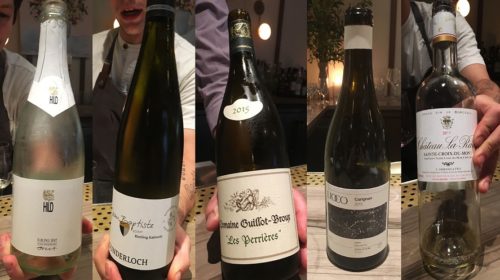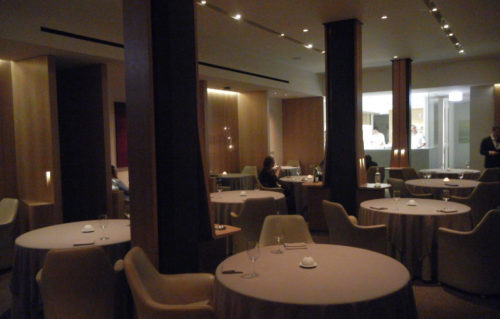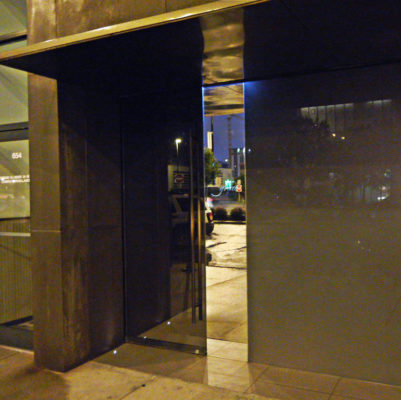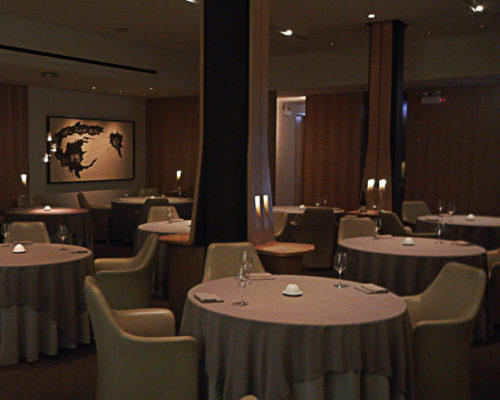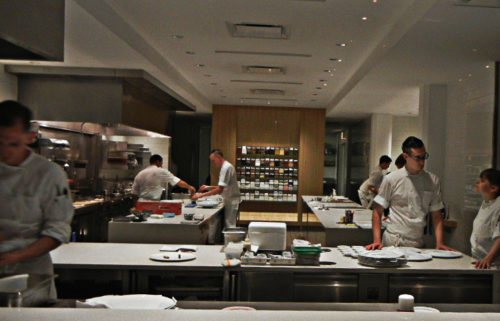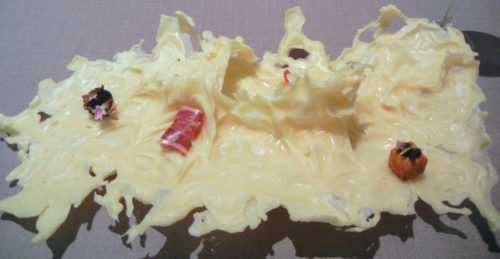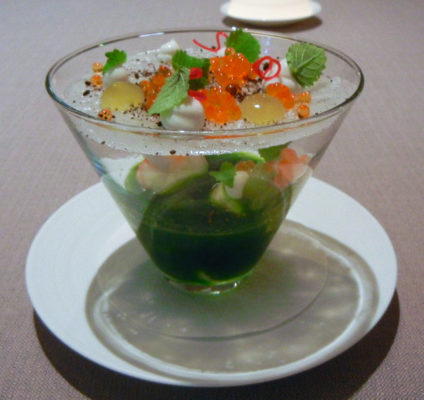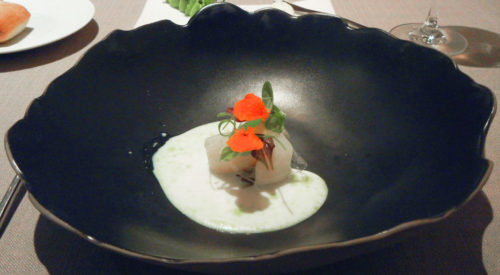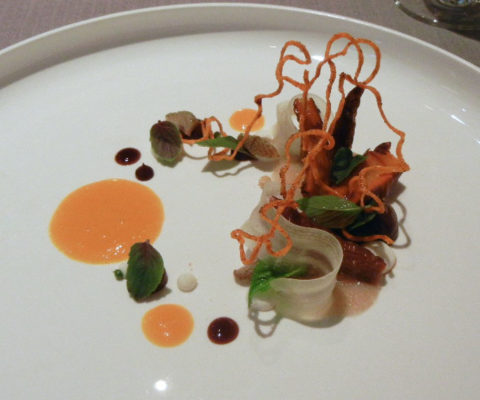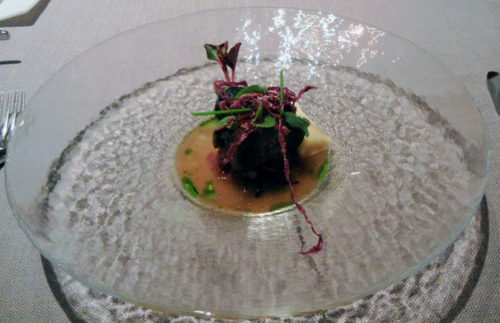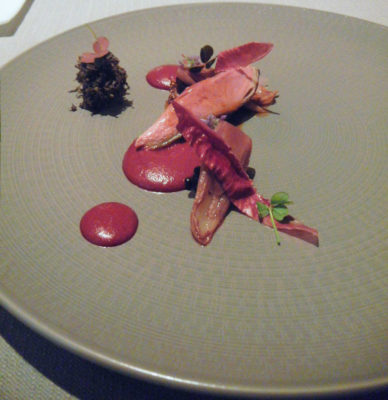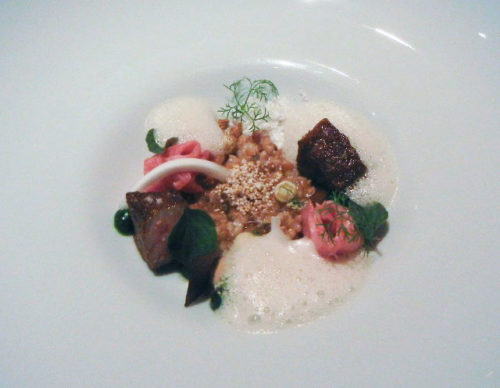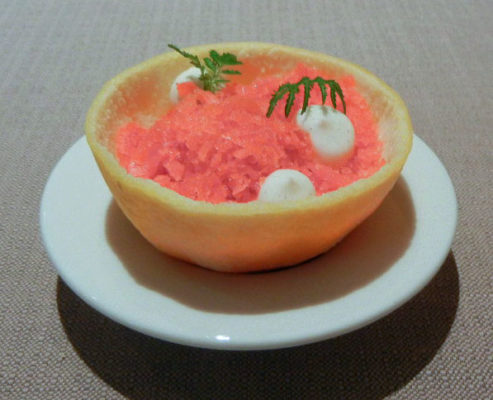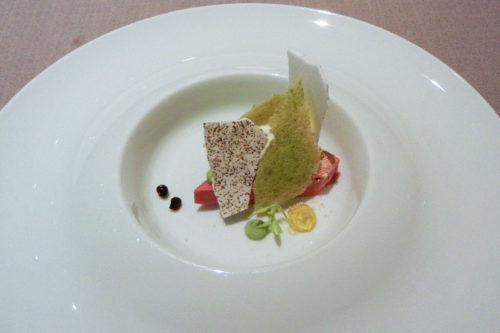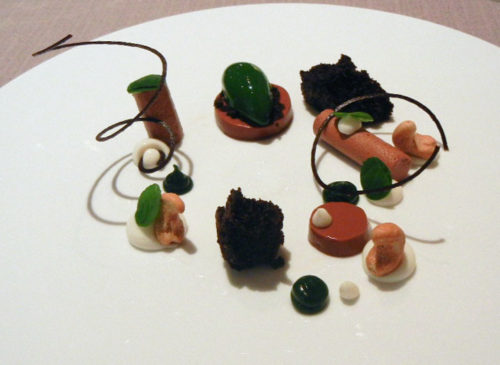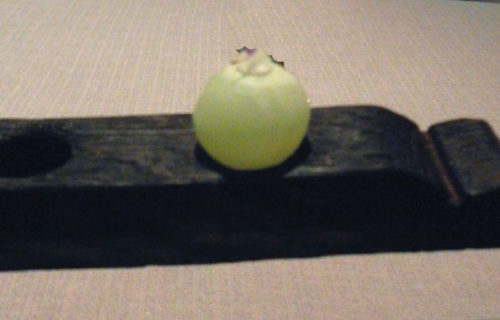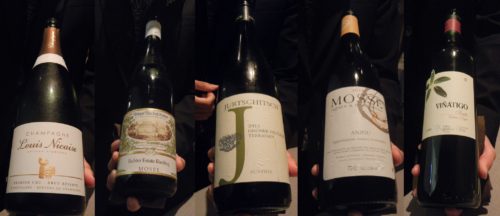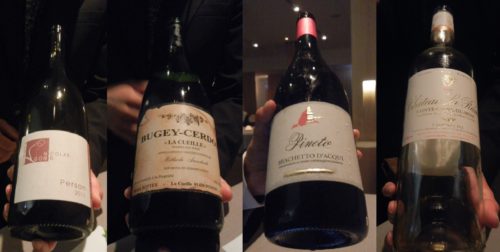ABaC
Av. del Tibidabo 1,
08022 Barcelona, Spain
+34 933 19 66 00
Website
These past few years has been very good for Spanish haute cuisine. From 2016 to 2018 there were four restaurants that received three Michelin stars. The city of Barcelona was the biggest winner, as it gained two in back-to-back guide including its first ever, the restaurant Lasarte in 2016 and ABaC in 2017 (Aponiente in Cadiz also was elevated to three stars on the same year). It was merely a matter of time for ABaC, to receive the Michelin three star level since its reigns were handed over to Jordi Cruz. He had a knack for rising above expectations, impressing diners, and receiving rave review for his modern Catalan cuisine.
At the tender age of 26, Chef Cruz became the youngest chef in Spain to earn a Michelin star at the Estany Clar in the outskirt of Barcelona. He started working at that restaurant in his early teens and became the head chef at 18. He then opened Angle, which also gained a Michelin star. In 2010 he was recruited to replace Xavier Pellicer as head chef of the two starred ABaC restaurant. For six years he was able to maintain the rating until 2017 when it was finally awarded the ultimate third star. Presently, Chef Cruz is in partnership with the ABaC group and is in charge of all dining at its hotels. These include the one star Angle, Ten Tapas in Barcelona, and the recently opened Atempo in Girona.
ABaC is the main dining venue of boutique hotels that bears the same name in the residential neighborhood located outside the city center of Barcelona. Guest are welcomed at their outdoor patio garden area for some pre-dinner drinks before being escorted in to the kitchen. They are then led to the dining room and on to their table. The music less dining rooms can seat up to 56 guest and has floor-to-ceiling glass walls that allow plenty of natural light to come in. Uniformed oval and round tables covered in thick linen are spaced abundantly from each other, while film reel lamps hanging above the ceiling, provide soft lighting. The natural interior tones exude elegance.
The meal began in the kitchen where amuse bouche of Lime cactus, tequila and green leaves, Crunchy bread with spicy tomato sauce and basil and the Galician Salmon and cured egg yolk, trout eggs, soya butter and Nori textures were served in rapid succession. These bite-sized offering were all terrific starters.
For this visit, the “Grand ABaC” menu was the choice. To start a small cup of flavorful broth to excite the palate was presented with the first course of “Sardo/ina”, gurum style sardine tartar on toast with “escalibada”. Served on a crispy toast, the sardine tartare was extremely fresh and tasty. Next, was A reference to tuna marrow, miso soup with tuna belly and wasabi. A tasty fatty cut of raw marinated tuna belly that contains nice hints of wasabi spiciness. That was followed by the Mussels in carrot “escabeche” which has a good mixture of mussel flavor, sweet earthy notes from the carrots and also having a sharp salinity.
Amelie Esmerald oyster with fermented cabbage and smoke piparra was bursting with intense sourness. The oyster was imparted with pleasant acidity and pickled flavors. The Pine: toasted pine nuts ice cream, cure foie gras shaving and pine shoots was a terrific dish with plenty of refreshing features while also possessing a savory nuttiness.
Continuing on with the Tree trunk: boletus consommé, parmesan gnocchi with bread crusts, mushroom and truffle. This course consisted of two dishes that came in a tree trunk like ceramic container. The top is covered in paper thin slices of mushroom resting on a bed a of parmesan cheese. When the top is removed, there is the dark brown savory broth filled with pungent truffle essence. Supplying a pleasing saltiness to the broth were the parmesan gnocchi. The Service of different parts of prawns with infused prawn rice was prepared table side. The prawn infused rice with cream sauce of peanuts and prawns was delightful. The boiled prawn’s head was bursting with flavor. Overall, this dish brilliantly highlighted the prawn’s distinct taste in a variety of ways.
The Parpatana stew and veal with hazelnuts like chickpeas, crispy kale and citrus was a fascinating mixture of veal and tuna that surprisingly produce robust flavors with an element of sweetness. And for texture, crispy dehydrated kale was added as a garnish. Next two courses consisted of duck as the main ingredient, first was the Duck rilletes with spicy blinis and crunchy nervares and tongue salad which was rich and delicious. The blandness of the merengue was the perfect vessel for the rillets, and the side of a duck salad makes a great partner on the plate. Then, there was the Grilled duck magret, pumpkin, spices and lavender. Grilled to perfection the duck was tender, scrumptious and flavorful. It also has a wonderful sauce from pumpkin and vanilla that added an extra depth of flavors.
For the main course Game meats with romesco and beetroot textures with hazel nut oil was served. The pigeon was wonderfully cooked, it had a beautiful outer layer of crispiness and the romesco sauce it sat on yields the right amount of saltiness that was needed. To balance the dish was sweet earthy bitterness of the beetroot puree.
Tea service was a bowl of foam made from earl grey tea and frozen chamomile with a side of frozen yogurt. This was refreshing and citrusy, and a great palate cleanser. While the main dessert was being prepared table side, the server presented the Violet egg with yogurt foam and crunchy biscuit made from blueberry. The server’s instruction was to break it with the spoon, the egg by itself has a tongue pleasing soothing fruitiness while the yogurt and biscuit together provided a certain sweetness to it.
The main dessert of Banana flan cake with carmelized textures was caramel in different forms. There was a caramel ice cream made from caramel syrup frozen in liquid nitrogen. The same syrup was also used to steam the banana cake beforehand giving it a sugary aroma, caramel puree for added sweetness, and caramel crisp for texture. This was a well-made sugary delight, especially when the ice cream is eaten with banana cake. The combination of warmth and cold and sugary sweetness was terrific.
This marathon that lasted for nearly four hours ended with a collection of small confections presented on heavy iron works. They were all wonderful, especially the lipstick from beetroot, roses and strawberry.
Chef Cruz was present at kitchen during this visit. His highly technical cooking techniques was on display in this meal. There was a strong focus on saltiness which can be tasted in almost every course. However, it did not over power everything else on the plate, instead it was able to mingle in harmony. A wine pairing for 105 EUR of Spanish and French wines was opted with this meal. Nine glasses of wines were arranged to help subdue the salty aspect, and also provide balance on every course while also creating an uplifting after taste.
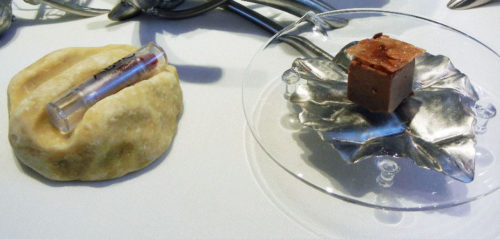
Service at ABaC was formal and a bit stiff. It seems odd since most of the staff are young. However they were willing to engage on a small conversation from time to time. Dressed neatly in black suit and white shirt with black tie, the staff are well-verse and extremely capable. The different faces that came by the table explained each course clearly.
Wine Pairing:
As one of the youngest three star restaurant currently in the world, ABaC price point hasn’t caught up with the rest of its three Michelin compatriots yet. Dining here is accessible to many. The longer tasting menu with wine pairing was less than 300 EUR (the price increase is only a matter of time), cheaper than the other three star restaurant in Barcelona and in Spain.
Both the dining public and the media are in love with ABaC and its young chef. So much so that prior to 2016 both side was in clear consensus that this was the best chance for Barcelona to finally have their very first three Michelin star restaurant. Unfortunately, that did not happened, it had to wait another year to finally join the ranks of only 130 or so worldwide. And after a visit, it is clear that this restaurant was deserving of the three star distinction. ABaC is no doubt, operating at a world class level.

